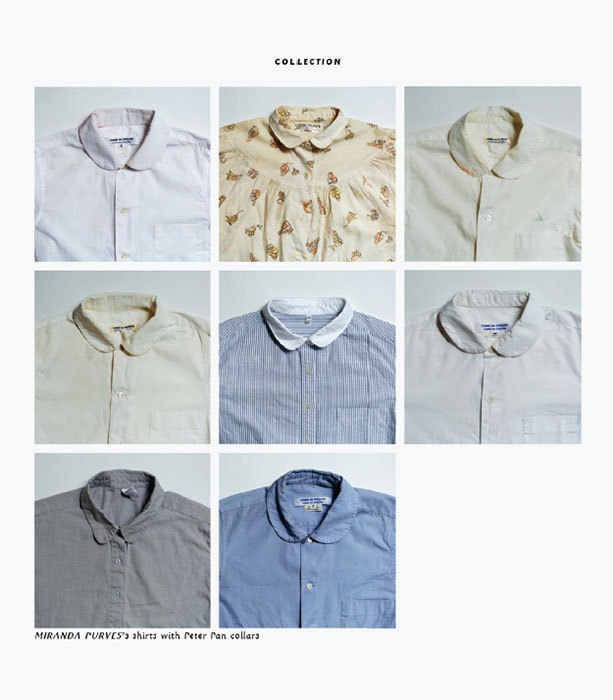
Jenna Sauers

One might expect a fashion designer—that creature specially adapted to the vainest of industries, and, next to perhaps film production, the industry with the fuzziest math—to avoid mentioning a bankruptcy whenever possible. Diane von Furstenberg gets cagey when asked about her tour of duty on QVC after her dress line went bust, and Roberto Cavalli cried when he had to announce the cancellation of his Just Cavalli line after the licensee folded. Not Yohji Yamamoto. The Japanese designer mentions his bankruptcy on the first page of his memoir, My Dear Bomb, reprinting a letter of condolence from his friend Wim 
In a memorable scene from Sheila Heti’s 2010 novel, How Should a Person Be?, the protagonist buys the same dress as her friend Margaux, which causes an argument via email: “after we looked at a thousand dresses for you—and the yellow dress being the first dress i was considering—i really was surprised when you said you were getting it too,” writes an angry Margaux. “i think it’s pretty standard that you don’t buy the dress your friend is buying.” 
Kate Zambreno is the author of the novels O Fallen Angel and Green Girl and of the forthcoming memoir-slash literary investigation of the overlooked women of Modernism, Heroines. She also finds time to write the excellent blog, Frances Farmer Is My Sister. Green Girl revolves around Ruth, a young American girl who’s working as a temp at a London department store (which she always refers to as Horrid’s). Ruth is kind of aimless; we don’t know a lot about the substance of her life. We know that her mother is dead and she isn’t in regular contact with her father. 
Almost every catalogue has a gimmick. The oddball prose and hand illustrations of J. Peterman. The sub–Ryan McGinley photography and adolescent moodiness of Urban Outfitters. The saddle-stitched punch line that is International Male. Effective mail-order catalogues are all about fantasy: They offer us the opportunity to project ourselves into a ready-made lifestyle, maybe one where we have a gamine haircut and make occasional trips to Paris (Anthropologie) or one where we unwind from our high-powered jobs by entertaining our sophisticated friends with elaborate meals (Williams-Sonoma). Catalogues are advertisements that we like enough to subscribe to, because they don’t feel like “To be Prada is to be perfect in every way,” reads one of the few examples of actual prose in Prada (Abrams, $125), the luxury-goods company’s latest and largest coffee-table book. It’s an image-heavy tome about image, and words are relegated to captions. The form makes clear what no corporate-authorized text could be expected to state outright: Prada, no differently from any other global brand, traffics in image.